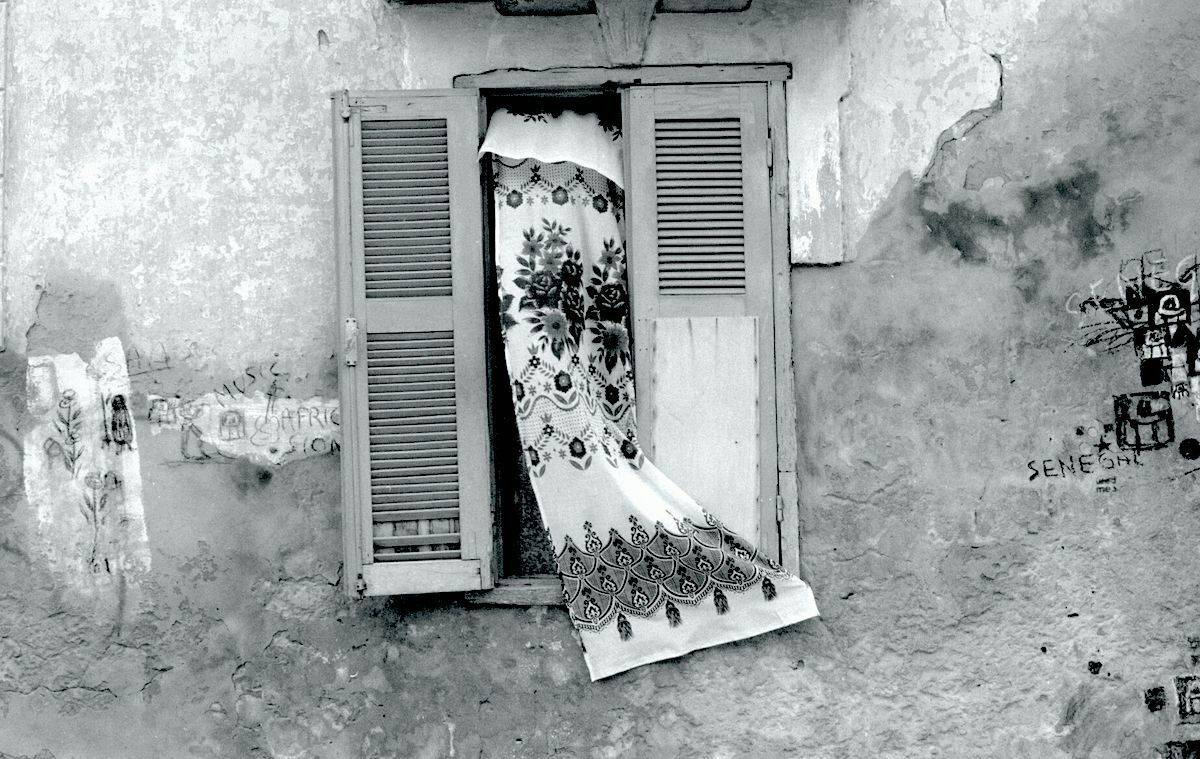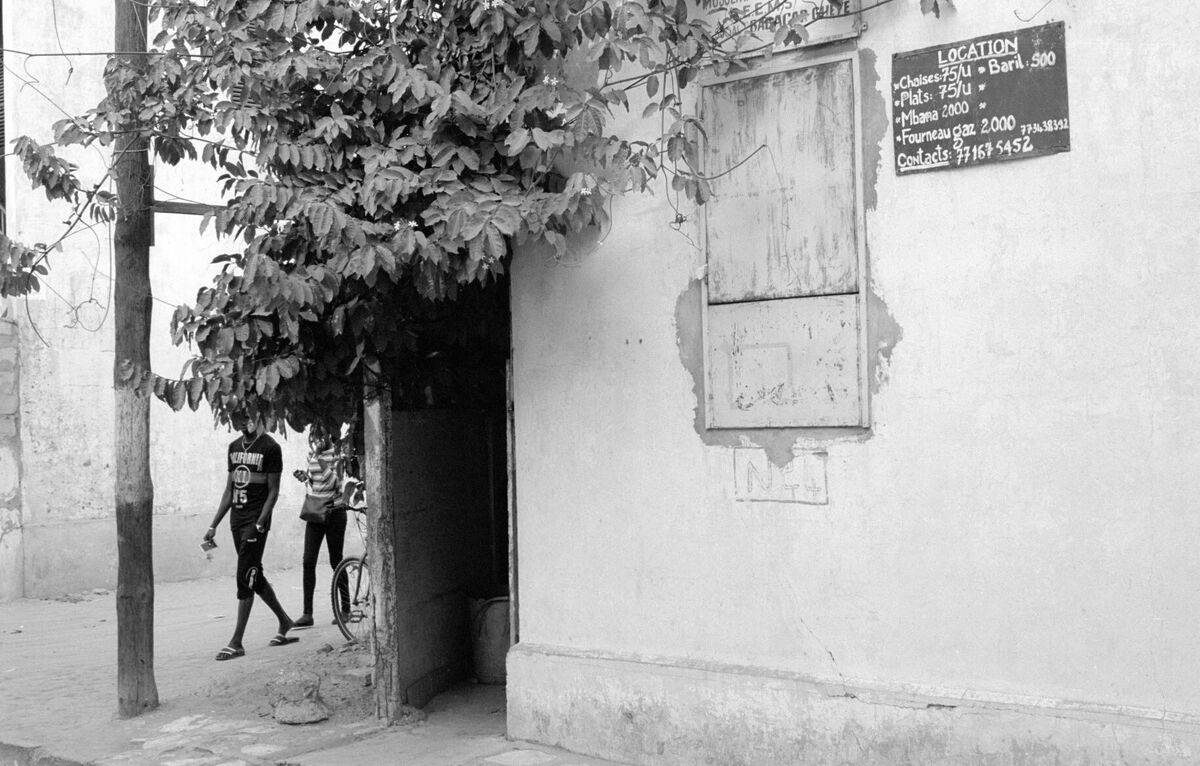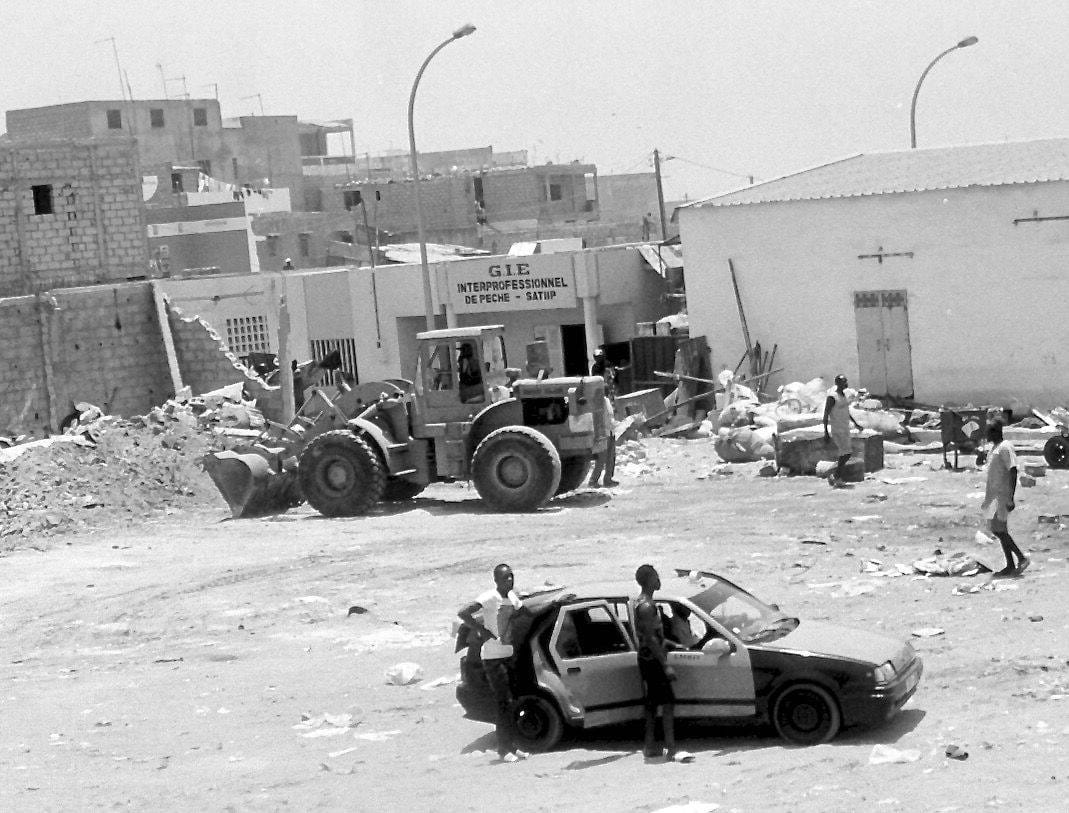In the aftermath of the so-called ‘refugee crisis’, the EU should take into consideration what the real interests of their partners in West Africa and the Sahel are and accept that imposing its own political agenda cannot be productive in the long-term.
The history of interrelations between the European Union, individual European and West African countries in the domain of migration is long and nuanced. The EU and its member states have held their own views on migration in West Africa, which were then transformed into policies. In the panoply of agreements, summits and memoranda in the last decades, something radically changed during and after the so-called ‘refugee crisis’. In 2014 170,100 people reached Italy by sea from the coast of Libya. Total arrivals remained more or less stable (153,842 in 2015; 181,436 in 2016; 119,369 in 2017) until 2018 when they dropped to 23,370 due to the efforts of the Italian government and the European Union to stem the flows. This was a major geopolitical event for both external and internal European migration policies and political agendas. The rise in arrivals aggravated existing anti-migration sentiment in public opinion in European countries, leading to the increasing popularity of right-wing parties with xenophobic and nationalist discourses.
The Valletta Summit was the response of the European political establishment to the ‘mass arrivals’ of irregular migrants on European shores. During the summit, the shared responsibility of countries of origin, transit and destination was stated. As a result, the European Union Emergency Trust Fund for Africa (EUTF) was created, constituting a landmark for the involvement of the European Union in the migration agenda on the African continent. It was also at this point that the notion of ‘emergency’ was integrated into the migration vocabulary. Basically, this approach means blurring the lines between traditional ‘humanitarian’, ‘development’ and political issues,” reorienting as well the activities of IOs, INGOs, and other actors involved in migration management. This direct involvement outside of European soil has been dubbed the ‘externalization of European borders’ where Niger is the quintessential example.

Among numerous cross border, regional and national projects, it seems appropriate to examine two processes that are characteristic of this post-Valletta period: a) the establishment of several data collection systems in West Africa to monitor migration; and b) a diverging perception and representation of migration, as a threat (by the EU) or as a source of development (by the West African governments).
The case of data on migration: data collection, migration monitoring and contrasting priorities
The peak of the so-called ‘migration crisis’ coincided with the start of the European effort to tackle irregular migration in a systematic way. From the onset, the EU’s capacity to “address root causes of irregular migration” was directly linked to its ‘capacity’ to obtain an in-depth understanding of the phenomenon. Therefore, international organizations and donors needed a more evidence-based comprehension of migration, rooted in empirical knowledge of the situation ‘on the ground’. Who were the people travelling? Why were they traveling? What were their destination countries? What were they looking for? In order to answer such questions, the organizations themselves had to establish data-gathering facilities because the countries did not possess this information, or it was unreliable. The interest was sharpened by the security concerns related to the identity of irregular migrants and asylum seekers arriving in Europe.

The International Organization for Migration (IOM) has a system called the Displacement Tracking Matrix (DTM). It provides primary data and information at the national and international levels. DTM focuses on four main components: mobility tracking; flow monitoring; registration and surveys. At the moment of writing, IOM has 32 Flow Monitoring Points (FMPs) in West and Central Africa.
Another data collection system with a significant database and knowledge accumulated is Danish Refugees Council’s (DRC) 4Mi. In West Africa, 4Mi collects data in three countries: Mali (Mopti, Gao, Timbuktu and Kayes), Niger (Niamey, Tillabéry, Diffa and Agadez) and Burkina Faso (Bobo Dioulasso, Dori and Kantchari) questioning in-depth the motivation, the demographic profiles, protection incidents and humanitarian needs of the refugees and migrants interviewed. These two data collection systems can be considered complementary and are not mutually exclusive.
While neither DTM nor 4Mi can capture all the migrants on the move, DTM is more focused on flow monitoring and capturing variations. 4Mi instead cannot be used for longitudinal analysis due to the methodology used. Also, a substantial difference between the two is in the number of persons interviewed. 4Mi monitors interview a fixed number of migrants each month, independently of the increasing or decreasing flows.
Diverging interests
During the pre-EUTF era, West African countries had quite weak migration monitoring. This is not surprising and can be explained by two distinct reasons. First of all, borders in the Sahel were and still are very porous. As a consequence, the level of border controls and statistics on border crossings was not thorough. Until recently, long stretches of borders in the Sahel were neither delimitated nor demarcated [i]. The EU linked this condition to ‘massive’ irregular migration. Thus, the response focused on increased border management that would impact the capacity of people to move with no obstacles. Lax border control could also be explained by the insufficient number of active border posts that could not be established because of security concerns and overall adverse conditions. Those that were active and working often lacked proper infrastructure. EU money and technical assistance resulted in the construction of new border posts, the enhancement of some existing ones and the supply of necessary equipment [ii]. Furthermore, the registers used by the border police were, and often still are, in paper and not in electronic format; they can be lost, damaged and not transmitted to the capital where the statistics are produced. This is still true for many border posts, although the electronic system of Migration Information and Data Analysis System (MIDAS) was installed by IOM. In addition, until recently, many travellers were not in possession of their identity documents, and they could still cross borders and travel, paying some bribes to the police. While in some countries the lack of documents should constitute a reason for a push back, it is still possible to travel paperless in West Africa. Having mentioned all the issues at stake, it becomes clear that the statistics could not correspond to the EU standards.
Secondly, mobility is widespread in the region. People movements, exchanges and trade shaped the identity of the region. Mobility still constitutes the basis of sustainable and resilient strategies of survival for different communities. If not openly supported, this traditional mobility used to be tolerated by officials. For this reason, many members of border communities can travel with no documents and have no big issues at the borders. It can be explained by a complex interplay between ‘formal’ and ‘informal’ that co-exist in West African societies and cannot be ignored. Almost all the countries in the region can be considered countries of origin, of transit and of destination at the same time, contrary to the schematic opposition between ‘transit’ and ‘origin’ countries done by many external actors. Therefore, mobility is not seen as an extraordinary fact that needs ‘management’ or ‘monitoring’. It is not considered to be a security threat but much more so a source of development, at societal and institutional level. It is revealing that in Burkina Faso and Senegal it is the Ministry of Economy, Finance and Development that is competent for migration, while in Mali it is the Ministry of Malians Abroad.
Migration is more often looked at from a development perspective, as one of the sources of income for the governments and for the populations. Indeed, remittances sent by Africans living abroad provide an important source of income for those remaining in Africa. In 2018, personal remittances constituted 9,2% of GDP for Senegal, 5,1% for Mali, 3% for Burkina Faso and 3,1% for Niger. In fact, the predominant association of migration in West African countries is that of wellbeing, prosperity and survival coming from migrants who support their communities and families. The involvement of the diaspora has a significant impact on the development of the country. Moreover, in countries like Senegal and Mali, where diasporas have a growing role and implication in the internal affairs of the country, the National Assembly has deputies from the diaspora. This aspect is illustrative of the diverging perceptions of migration in West Africa, in the EU and in West Africa itself (for the change of priorities within the EU from Cotonou to La Valetta see also here). As a matter of fact, an illustrative example of the influence of the European political agenda on West Africa can be considered the drastic change occurred in Niger. Under the pressure of the EU, it switched to a security-oriented approach, entrusting migration management to the Ministry of the Interior. In this context, foreign donors urge Sahelian states to adopt stricter monitoring measures and meet specific standards in border and migration management [iii], that is to adopt measures which are not consistent with national political agendas. And as always, the stronger wins.

The case of migration monitoring and data collection systems is an example of diverging interpretation of the situation and of divergent agendas of external actors and West African governments. While data collection on migration is of crucial importance for the Western donors in order to profile migrants and ‘address the root causes of irregular migration’, it is a priority to a very limited extent for West African governments. So, when we read statements about ‘insufficient data on migration’ or ‘lack of data on migration’ as a limitation to the successful outcome of many projects, we need to situate this claim within the framework of contrasting interpretation of the context and diverging interests of external and national actors.
Policy implications / Conclusions
This text attempted to illustrate the claim that contrasting perceptions of migration can produce contrasting political agendas. West African governments often have to accept policies and projects that do not necessarily respect their priorities. The discrepancy between what West African countries prioritize and EU’s political agenda deprives governments of agency and decision-making on their own political agendas. Such mismatch may also cause long-term negative effects, namely a limited efficacy of the current projects or their negative impact on the stability and security of local populations. The examples are not lacking: the building of new border posts in Niger, Mali and Burkina Faso with poor effective output; numerous capacity building sessions that do not often have desired outcomes; widespread corruption that impacts the real capacity of the states to monitor migration and to guarantee safety to their citizens.
Several years after the creation of EUTF and four years after the La Valletta Summit, it becomes more and more clear that the two political agendas need to be negotiated. The EU needs to take into consideration what the real interests of their partners are and accept that imposing its own political agenda cannot be productive in the long-term. The EU cannot play the role of a big brother outside of its borders and expect other countries to become autonomous, self-sufficient and ‘independent’. The style of collaboration with African countries should undergo substantial changes. In order to succeed in the projects they undertook, the EU and its member states need to consider listening to the priorities of their partner countries and adjust its own policies accordingly.
[i] In fact, the African Union has adopted in 2007 the African Union Border Program. Its major goal was ‘the delimitation and demarcation of African boundaries’. The program was reviewed in 2016 and extended to 2022. As reported by ENACT, at the beginning of the program, it was estimated that ‘less than a quarter of African borders’ had been delimitated and demarcated. More recently, it has been reported that only a third of Africa’s 83 000km of land borders are properly demarcated.
[ii] It is important to underline that the first cross border project dealing with border security was launched by Danish Demining Group in 2014. For info: https://danishdemininggroup.dk/media/2920567/bsm_sahelfactsheet-november-2016-eng.pdf. Similar projects were also proposed by other big actors in the region, for instance GIZ and IOM. For info on the support of the African Union in border management see: https://reporting.giz.de/2018/our-work-around-the-world/security-and-stabilisation/africa-greater-stability-with-clear-borders/. For the IOM’s Integrated Border Management program: https://www.iom.int/integrated-border-management.
[iii] A revision and re-writing in concomitance with the UNODC of the national laws against human trafficking and smuggling is a good example. This process underway in Mali and Senegal at the moment of writing.
Acknowledgements
Cover photo: Dakar, 2019 (C) Katia Golovko.
